Ergonomic design
You are probably also familiar with the term ergonomics, especially when discussing ergonomics in the workplace. The general belief and general perception of ergonomics in the workplace is that ergonomics improves working conditions; But what is the exact definition of ergonomics and what are the goals of ergonomics in the workplace?
- The root of ergonomics
- What is ergonomics?
- Factors that ergonomics pays attention to
- What is meant by ergonomic design?
- What is an ergonomic product?
- Advantages of ergonomic office furniture design
- The importance of ergonomics in the workplace
- Seven important principles in office interior design in ergonomic style
Chris Adams is an ergonomics expert who believes that ergonomics are everywhere. He believes that it is a wrong idea to say that a place is ergonomic or not; Rather, it is a matter of good ergonomics or bad ergonomics.
The root of ergonomics:
(natural laws) is taken. nomos (work) and ergon, the word ergonomics, originally from Greek words
The word ergonomics was first coined by a Polish researcher in 1857. This Polish researcher has discussed the relationship between work and work-related health. Before that, throughout history, the connection between work and health, or in other words, the types of health problems caused by work, were often reported in the ancient Egyptian and Greek and Roman periods.

What is ergonomics
Ergonomics is a branch of science that includes studies of physiology, engineering and psychology. This branch of knowledge is about coordinating the performance of tasks with human needs to perform them. Ergonomic design focuses on the compatibility of objects, their environment with human users. The principles of ergonomic design can be applied to everyday objects and work spaces.
In other words, ergonomics is a multidisciplinary science that examines the relationship of people with respect to objects and systems with their environment. This knowledge seeks to provide solutions that improve the usability of products and the satisfaction of users in relation to them at the physical, organizational and cognitive levels; Therefore, it can be said that it seeks to make things easier, safer, more convenient and more efficient.
Therefore, ergonomist is a scientist who studies different aspects of how people interact with work and daily life objects. These scientists seek to provide useful information to achieve an ergonomic design that allows reducing the risks of injuries and illnesses, as well as increasing user and employee satisfaction, thereby improving efficiency and productivity.
Factors that ergonomics pays attention to
Ergonomics considers many aspects to provide products that are safer and easier to use. A designer, engineer, and ergonomist should consider anthropometric measurements and ease of use to produce products that are safer, more comfortable, and better suited to body characteristics.
Among the factors that affect a person when doing a job, ergonomics considers the following factors:
• Positions, required energy, movements and forces applied in the work environment.
• Environmental conditions of the company.
• Break times between jobs, schedules and other work conditions.
• Social conditions of the company.
• Duties and job affairs of employees.
• Operational factors such as furniture arrangement, comfortable environment temperature, etc.
What is meant by ergonomic design
It can be said that ergonomic design is the application of ergonomic concepts and principles in the design of processes, products and services. The origins of applied ergonomics in product design date back to World War II, where countries such as England and the United States began to study the human factors involved in the use of military equipment in the midst of war to prevent errors. Failure to use military equipment
It was after this moment that this procedure was transferred to the private industry and applied to products in order to strengthen the safety of users and increase the productivity of their processes; Therefore, in order to achieve the goal that ergonomic design pursues and in relation to what was stated in the previous point, designers must consider humans, context and activity in the design of their products.
Attention to the human being should be done because the interaction of the product with the user is very important and all aspects of the user's well-being and comfort should be considered. The reason is that the environment in which the product will be used affects the type of use of the product and finally the activity should be considered in the design of ergonomic products because the type of activity that the user performs affects the design of ergonomics and other issues. Such as safety and budget requirements are effective.

What is an ergonomic product?
An ergonomic product is a product that is facilitated and easy to use for the user. As we mentioned in the definition of ergonomics, these features may be related to handling, safety or efficiency.
In order for a product to be considered ergonomic, a preliminary study must be carried out as well as a series of tests to confirm its effectiveness. This is where product prototyping comes into play.
Prior trial and error is necessary to find the right design for an ergonomic product; And not only the design, but also the materials used are important in ergonomic product design.
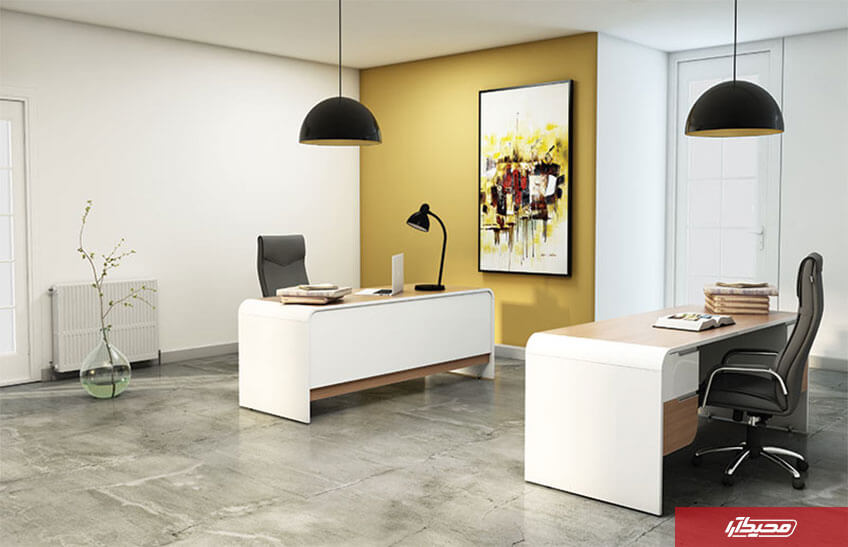
Advantages of ergonomic office furniture desig
• More efficient furniture in terms of type of function.
• Having furniture that helps better productivity without causing pathology in users; That is, repetitive movements do not harm the well-being of employees, nor do they feel forced.
• Increasing the productivity of employees due to the use of standard and suitable products and reducing their fatigue during work activities.
The importance of ergonomics in the workplace
Designing office furniture, tools or some work systems that help ergonomics is more important than we think. Studies show that those employees who feel comfortable while doing their work are more productive; And not only that, but it also has a positive effect on the work environment.
Ergonomics can be as simple as having The computer should be at the correct height, which can positively affect the posture of the body as well as the progress and execution of our tasks. How to place your hand on the mouse is also an important topic of ergonomics in the workplace, because a bad position of your hand on the desk can cause the famous carpal tunnel syndrome.
Ergonomics has given rise to various inventions that allow us to maintain our abilities throughout the working day. For example, there are desks for working in a standing position, thus maintaining an upright position that helps blood circulation in the legs.
Seven important principles in office interior design in ergonomic style:
• Light: with the help of light, the interior space and objects will be visible.
• Space: Space means the range available and usable for users.
• Form: volume of the shape of furniture and objects in the office environment, which can be in different forms.
• Texture: a characteristic of objects that can be perceived by touching or seeing.
• Shape: This feature is different from form and includes the outer contours of objects. The shape of the office environment is effective in arranging the space.
• Color: the visual properties of office furniture or other elements in the office environment that complement the light and affect ergonomics.
• Volume: Volume is one of the most important elements of office interior design, which appears as hollow and solid objects.
The correct ergonomic design of the office environment can meet all the needs of users and increase performance and productivity, as well as reduce the possibility of physical and mental injuries of users.
For example, imagine that your office is a cramped and crowded space, and you have difficulty working or commuting due to limited movement and the wrong arrangement of elements or the disproportionate size of the furniture. If this space was designed and arranged with ergonomic principles, you would have more freedom of movement and a more suitable work environment for you.
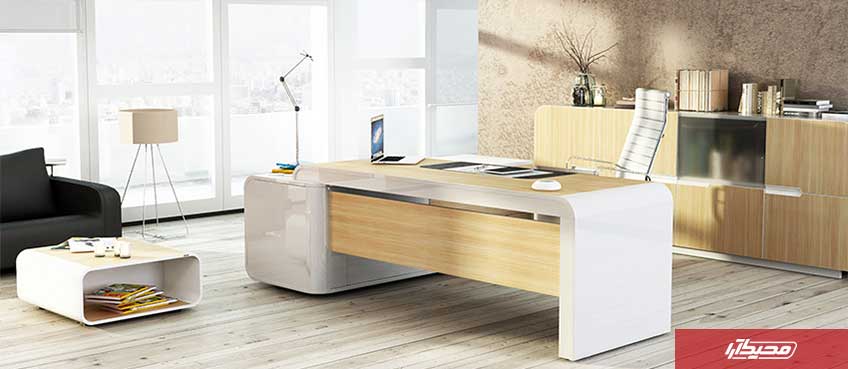
Must read:
FAQ
Ergonomics is a multidisciplinary science that examines the relationship of people with respect to objects and systems with their environment. This knowledge seeks to provide solutions that improve the usability of products and the satisfaction of users in relation to them at the physical, organizational and cognitive levels; Therefore, ergonomics seeks to make things easier, safer, more comfortable and more efficient.
(natural laws) is taken. nomos (work) and ergon, the word ergonomics, originally from Greek words
More efficient furniture in terms of the type of function, having furniture that helps in better productivity without causing pathology in users, and finally increasing the productivity of employees due to the use of standard and appropriate products and reducing their fatigue during work activities.
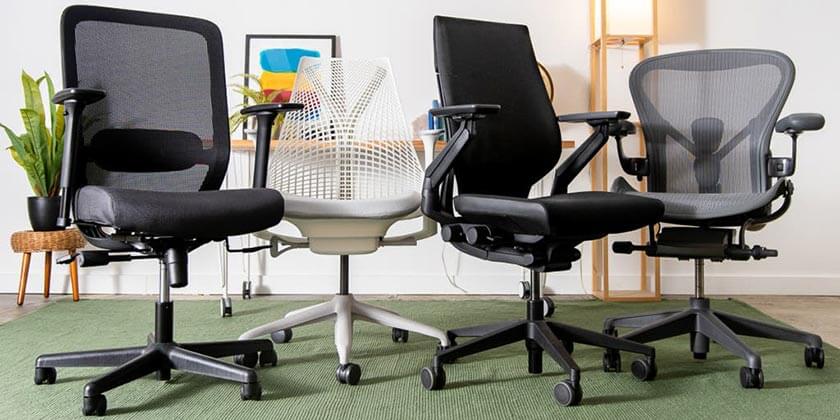
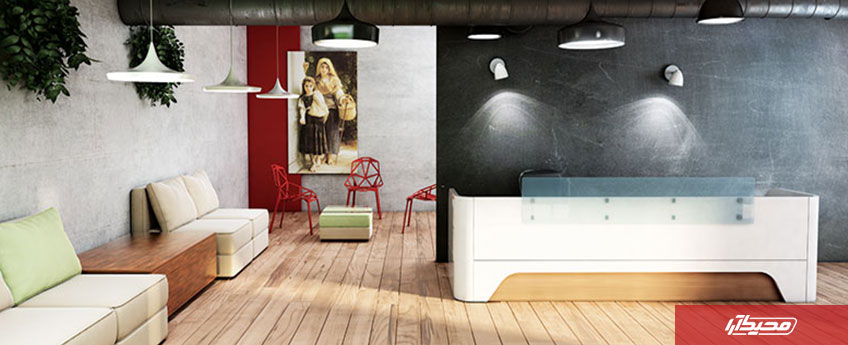
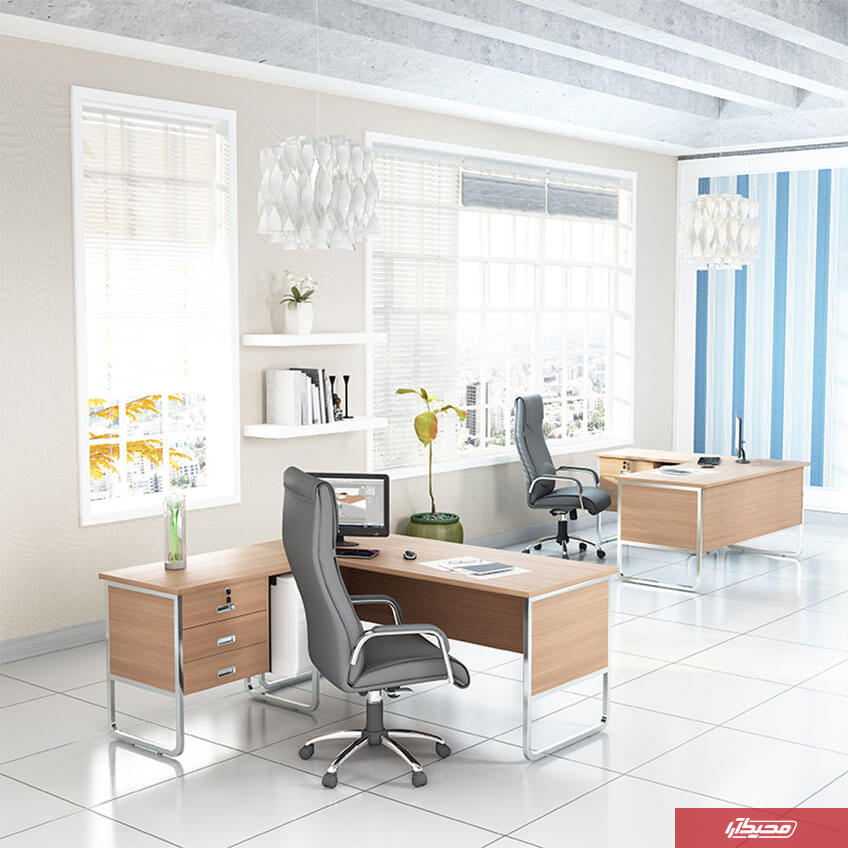
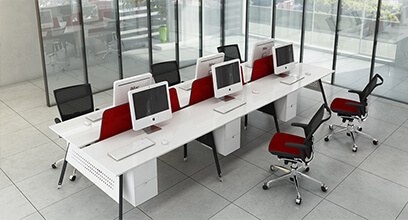


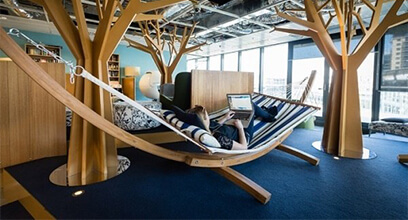
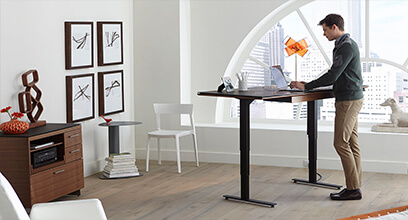
Share